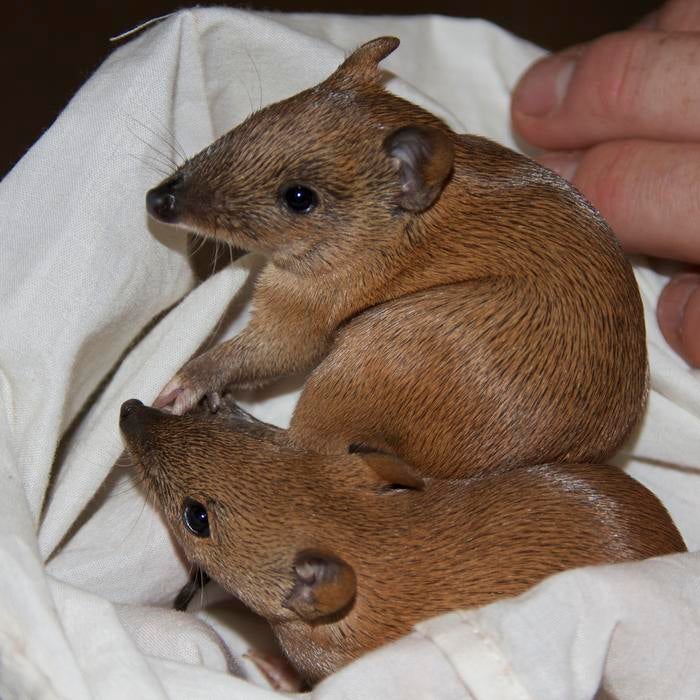The Independent's journalism is supported by our readers. When you purchase through links on our site, we may earn commission.
Genetic diversity is declining globally. But conservation efforts offer hope to protect species
The climate crisis is impacting the genetic diversity that helps species adapt to environmental changes
Your support helps us to tell the story
From reproductive rights to climate change to Big Tech, The Independent is on the ground when the story is developing. Whether it's investigating the financials of Elon Musk's pro-Trump PAC or producing our latest documentary, 'The A Word', which shines a light on the American women fighting for reproductive rights, we know how important it is to parse out the facts from the messaging.
At such a critical moment in US history, we need reporters on the ground. Your donation allows us to keep sending journalists to speak to both sides of the story.
The Independent is trusted by Americans across the entire political spectrum. And unlike many other quality news outlets, we choose not to lock Americans out of our reporting and analysis with paywalls. We believe quality journalism should be available to everyone, paid for by those who can afford it.
Your support makes all the difference.While genetic diversity, the unique differences that determine the color of hair and the shape of a finch’s beak, is being lost across the world amid the world’s ongoing species extinction crisis, scientists had good news on Wednesday.
Conservation efforts are helping to protect species and what makes each individual special.
“There is no getting around the fact that biodiversity is declining at unprecedented rates across the globe – but there are glimmers of hope,” University of Sydney Associate Professor Catherine Grueber said in a statement. “The action of conservationists is reversing these losses and helping to create genetically diverse populations that can better meet the challenges of the future.”
-with-joint-first-authors-Dr.jpeg)
Grueber led the international landmark study which was published Wednesday in the journal Nature. It is the most comprehensive global analysis of genetic diversity ever conducted, and included a team of researchers from countries including the United Kingdom, Spain, Greece, Sweden, Poland, and China.
The data they collected to reach these conclusions spans more than 30 years, from the late 1980s to 2019. It looks at nearly 630 species of animals, plants, and fungi.
Of the species included in this analysis, two-thirds are declining in genetic diversity. It can be lost as populations shrink and are isolated due to factors like habitat loss and changing environmental conditions due to climate change. The loss of genetic diversity also decreases a species’ ability to adapt to survive. Scientists predict that more than a million species are on track for extinction in the coming decades.
But, efforts to improve environmental conditions, restore habitats, grow populations, and introduce new animals for breeding and maintaining and sometimes even increasing genetic diversity in species.

For example, new populations of the threatened golden bandicoot were established in Western Australia, maintaining habitat for endangered Hine’s emerald dragonflies has helped the species maintain genetic diversity, and Scandinavian arctic foxes that have seen huge declines due to the fur trade have seen success following captive breeding programs.
However, the study’s authors say additional actions could be taken to improve or maintain genetic diversity, including moving animals between populations, habitat restoration, and controlling invasive or feral species.
“Despite successes, we can’t be complacent. Two-thirds of the populations analysed are facing threats, and among these populations less than half received any kind of conservation management,” co-first author Dr. Robert Shaw, from Australia’s University of Canberra, said. “It’s vital that we learn from what is working so that we can protect species in the long-term.”
Join our commenting forum
Join thought-provoking conversations, follow other Independent readers and see their replies
Comments